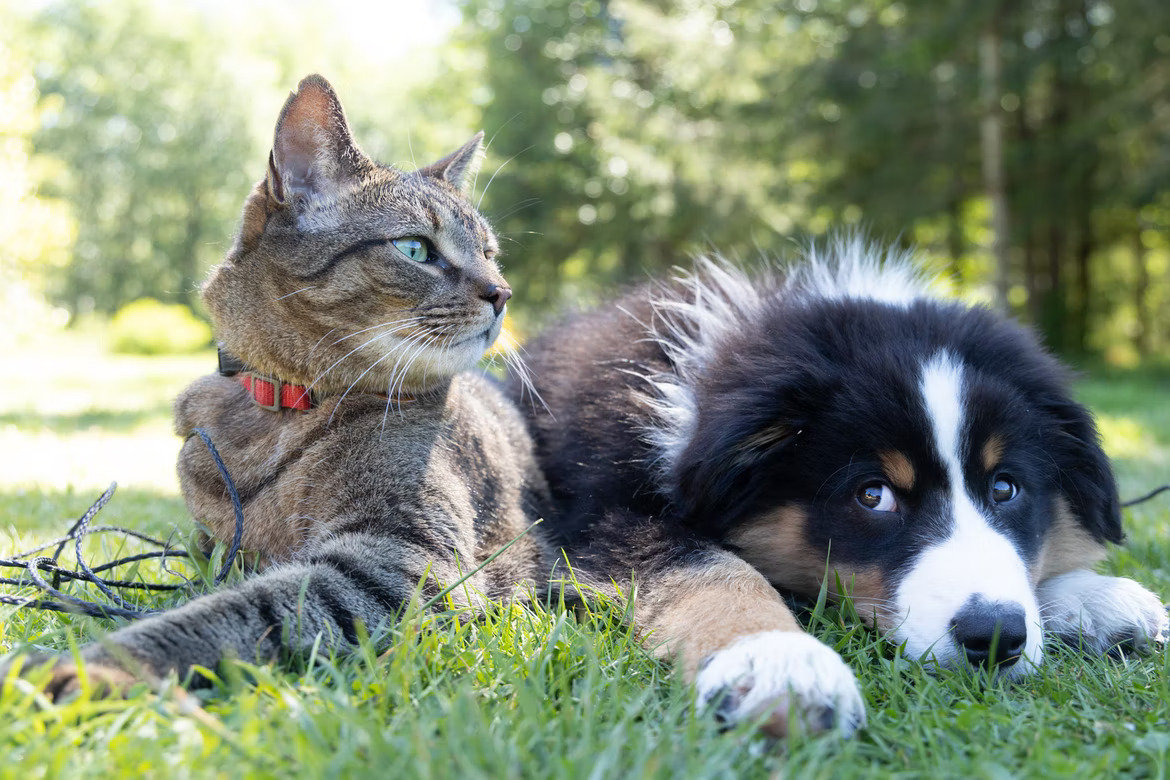Like humans, dogs and cats have the capability of getting stressed when around strangers, left home alone, or exposed to loud noises. While some animals exhibit unusual behaviours that make it easy for their fur parents to know if they are experiencing distress, most signs of anxiety are often too subtle to notice. When the signs are overlooked, stress can take on a toll on an animal’s overall wellbeing.
This is why it is important that you know how to read your pet’s body language. It doesn’t matter if it is a Dachshund or British Shorthair for sale that you are looking to adopt – all dogs and cats experience stress once in a while.
How to Tell if Your Pet is Stressed
It licks or grooms itself excessively: Licking themselves is a self-soothing activity for dogs and cats. This is why many fur parents find it hard to tell the difference between normal licking and stress-licking. However, it’s quite easy to know if your pet’s licking is linked to anxiety or not.
Dogs that are experiencing stress tend to lick their front legs. Distressed cats, on the other hand, tend to pull out their fur, leaving bald spots on their skin. Additionally, both animals tend to excessively lick their noses and lips when feeling uneasy, even when they have had enough water to drink for the day. In such cases, it is recommended that you consult with your vet to immediately identify and manage the problem.
It barks continuously or hisses loudly: Vocalization is a normal way for dogs and cats to express themselves or tell you how they are feeling. However, when their barking or meowing intensifies, it can be a sign of stress.
Dogs tend to bark, growl, or whine constantly when suffering from frustration. It is their way of responding to uncomfortable situations such as boredom, separation anxiety, threat, injury, and piercing noises. Take vocalization as a warning sign to look into what it is that is making your pooch behave unusually so that you can immediately address the problem before it worsens.
Cats are similar to dogs. Instead of barking, however, they hiss and meow when stressed out about something. Sometimes, they will even become very still and silent. Once you recognise these signs, act on them right away so that the source of stress is removed.
It avoids you or hides from you: Most dogs and cats like to be with their fur parents 24/7, so when your pet starts isolating themselves from you or other household pets, take it as a sign that stress may be the cause.
Pooches, for instance, escape from uncomfortable situations by turning away from their humans, pacing around, hiding under a bed, slinking behind a large object, or fleeing to its crate. Cats, on the other hand, avoid stressful situations by ignoring their owner, hiding under furniture or a blanket, or running to a dark corner.

Its bodily functions change
When humans get stressed, the amount of serotonin in their gut increases, causing spasms that produce unexpected bowel movements. Similarly, when dogs and cats get anxious, they can end up doing their business in forbidden places.
The truth is, dogs that are experiencing anxiety can feel a sudden urge to urinate or defecate anywhere. They may even do their business in your house even if they have been properly trained not to do so. If your pooch poops or pees frequently and without warning, consult with your vet right away.
Cats are known to urinate and defecate in their litter box. If they, however, start having “accidents” outside their litter box, seek vet advice immediately. This is because peeing or pooping elsewhere is a traditional sign that a feline is experiencing stress, even if it has been spayed or neutered. In such a case, it is recommended that you increase the number of litter boxes you have at home and place them in new locations.
It has become destructive: Normally, dogs and cats are well-behaved. However, stress can drive them to destroy household objects, which can eventually result in self-injury.
Some ways to tell if your dog is being destructive are if it starts digging up your garden, gnawing on chew toys and other objects, and destroying furniture inside your home. You can address the problem by spending more time with your pooch, giving it enough daily exercise, and seeking the help of a vet.
For cats, scratching is normal behaviour. They scratch posts, carpet, and furniture as ways to mark their territory and condition their nails. However, excessive scratching at objects is a sign of frustration. It is suggested that you see a vet to find out if the scratching is caused by stress or simply excitement.

